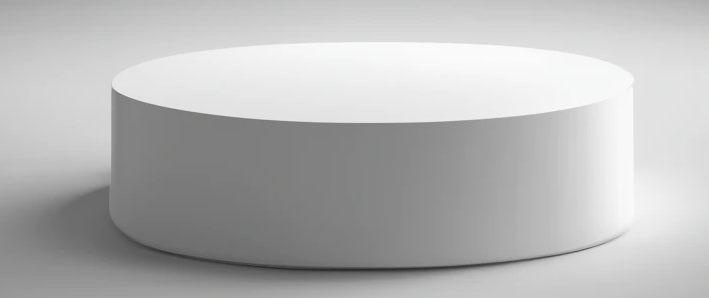Welcome to CERAMTRADE
We offer the following technical ceramics:
- standard products
- individual custom-made parts

Products
We offer standard products such as:
- High temperature resistant electrically and thermally insulating tubes
- Rods
- Crucibles
- Saggers for materials processing
- Annealing boxes
- Plates
- Caps
- etc.
Silicate-Based Ceramics
We offer silicate-based ceramics for various applications such as:
- Steatite (Mg3(Si4O10)(OH)2)
- Mullite (3 Al2O3•2 SiO2)
- Cordierite (2 MgO•2 Al2O3•5 SiO2)
Steatite Mg3(Si4O10)(OH)2
Steatite is a magnesium silicate with excellent machinability. The production is made from natural raw materials, from soapstone (Mg3(Si4O10)(OH)2) and additives made from clay, feldspar or magnesium carbonate by firing at 1300 – 1400 °C.
This gives the material excellent mechanical strength. Steatite is a good heat insulator and is a very good electrical insulator.
The areas of application are in the fields of electrical and thermal engineering, as electrical switch and plug parts, insulating sockets, axles and shafts, bushings of all kinds, supports for heating conductors and resistors and much more.
Mullite (3 Al2O3 • 2 SiO2)
Pure mullite has the composition 3 Al2O3 • 2 SiO2.
Densely sintered mullite ceramic usually contains up to 10% by volume of corundum (Al2O3) and glass (SiO2). Mullite ceramics have a relatively high strength with low thermal expansion and high resistance to temperature changes. Compared to alumina ceramics, mullite is superior in terms of creep resistance at high temperatures.
The area of application extends from support rollers in high-temperature furnaces to thermocouple protection tubes to the refractory industry, where porous mullite is used because of its low thermal conductivity and high corrosion resistance.
Cordierite is produced by sintering soapstone (Mg3(Si4O10)(OH)2) with clay, kaolin, corundum and mullite as additives.
Cordierite is a magnesium aluminum silicate with an approximate composition 14% MgO, 35% Al2O3 and 51% SiO2 or 2 MgO•2 Al2O3•5 SiO2. Due to its low coefficient of thermal expansion (CTE), cordierite is characterized by very good resistance to temperature changes. This property allows the material to be used in thermal engineering.
Examples of applications include thermal insulating bodies for electric instantaneous water heaters, heating conductor pipes, heating conductor supports in ovens, burner nozzles for additional vehicle heaters, gas burner inserts, expansion rods for thermostats and catalytic converter supports in cars.
Oxide Ceramics
We offer the following oxide ceramics:
- Aluminumoxide (Al2O3)
- Zirconoxide (ZrO2)
ALUMINUM OXIDE (AL2O3)
Due to its outstanding properties, aluminum oxide is used in a variety of ways and is the technically most important oxide ceramic material. Densely sintered aluminum oxide has high mechanical strength and hardness, high temperature stability, high wear and corrosion resistance and is biocompatible. There are aluminum oxide materials of different compositions. These are essentially materials with 80 to 99.7 wt% Al2O3 content. Highly pure Al2O3 qualities are characterized by high hardness and good thermal conductivity. The material is also electrically insulating.
Accordingly, aluminum oxide is used in the sanitary industry as a sealing element, in electrical engineering as insulators and in electronics as a substrate material due to its reasonable thermal conductivity and electrical insulation. In mechanical and plant engineering it is used as a wear protection material, in the chemical industry as a corrosion protection material and as a filter, and in measurement technology as a protective tube for thermocouples, in human medicine as implants and in high-temperature applications as burner nozzles or as support tubes for heating conductors.
ZIRCONIUM DIOXIDE (ZrO2)
Zirconium oxide, actually zirconium dioxide or zirconia ZrO2, is a top-class material, complicated to produce but with great mechanical and physical properties. The material has a number of technically interesting features: high breaking strength, high thermal expansion similar to that of cast iron, low heat conduction and high wear resistance. In addition, ZrO2 is an oxygen ion conductor. Zirconia is therefore not only used in the field of structural materials but also as a functional material.
Typical areas of application are: thread guides in the textile industry, squeegees in the paper industry, components for wire production and plain bearing technology, ceramic knives and scissors, scalpels, tweezers and much more. Due to its poor heat conduction, zirconium oxide is also used as a thermal protection layer on turbines, while its oxygen ion conductivity function is used in the lambda sensor in automobile manufacturing.


